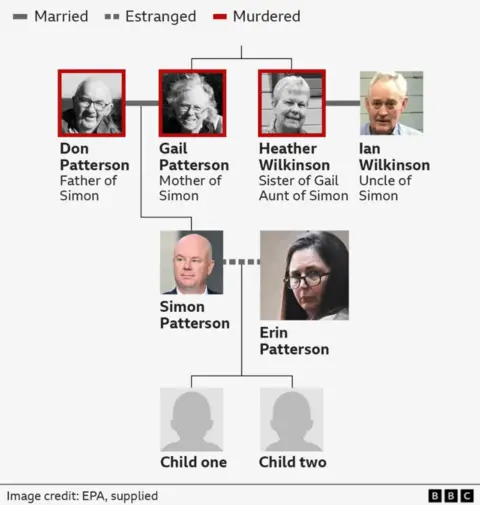A signed sports collectible card featuring Michael Jordan and Kobe Bryant sold for $12.932 million Saturday night, breaking the record for the most paid for a sports card of all time.
The 2007-08 Upper Deck Exquisite Collection Dual Logoman Autographs Jordan & Bryant card, numbered 1-of-1, surpassed the 1952 Topps Mickey Mantle card, which sold for $12.6 million in late August 2022.
Only Logoman Card Featuring Both Michael Jordan, Kobe Bryant
The Jordan/Bryant card was sold with Heritage Auctions. The buyer’s identity was not revealed. It is reportedly the only dual Logoman card featuring both Jordan and Bryant.
“This is the only time there’s been Jordan and Kobe autographed Logomans,” said Chris Ivy, Heritage’s director of sports auctions. “Another one can’t be created. It’s always been looked at by modern basketball collectors as a holy grail.”
What increased the card’s value was that the Jordan jersey patch is a gold variant, as the jersey comes from the 1996-97 season, when the NBA celebrated its 50th anniversary.


The Jordan/Bryant card is the second-most expensive sports collectible of all time behind Babe Ruth’s 1932 World Series “called shot” jersey, which sold for $24.12 million.
“[They were] kind of mocked, but it tapped into a demographic that wasn’t interested in gimmicks: They just wanted the best of the best,” Ivy added. “They were adding patches and signatures, Logomen — this was [one of] the first times logos from the jersey were used in this manner.”
Exquisite Once Had $5.2 Million LeBron James Rookie Card
According to ESPN’s Dan Hajducky, Ivy stated during an interview that he remembered when Upper Deck first released Exquisite, charging $500 for one five-card pack/box for the 2003-04 release.
Per Hajducky, that was the set responsible for a $5.2 million LeBron James rookie card, which previously held the record for most expensive basketball card until Saturday.
The rarity of the Jordan/Bryant card explains the price tag, despite the card only receiving a 6 from card grader Professional Sports Authenticator (PSA).
“A 1986 Fleer Jordan in a grade 6 sells for a couple thousand while a [grade] 10 sells for almost $200,000 currently,” Ivy said. “Grades matter as far as pricing goes for standard-issue cards, but this is a 1-of-1, so the grade is less important overall to how the card performed.”
Jordan Memorabilia Remains A Hot Commodity
In March, a preseason, signed Bulls jersey from Jordan’s rookie 1984-85 season sold at a Sotheby’s auction for $4.215 million. Then in June, 1986-87 Fleer Jordan autographed rookie card sold for $2.5 million through Pharrell Williams’ auction house Joopiter.
The previous most expensive 1986-87 Fleer Jordan autographed card (PSA graded 8 card/9 auto) sold for $205,000 in March 2024.
In addition, a uniform Jordan wore for 17 games with the Chicago Bulls during the 1992-93 NBA season was sold for $2.623 million at Heritage Auctions in May, per Hajducky.
The demand for Bryant memorabilia also remains high. Collector Matt Allen, who goes by Shyne on social media, recently shared that he spent $4 million total on Bryant cards. Saturday would’ve marked Bryant’s 47th birthday.














